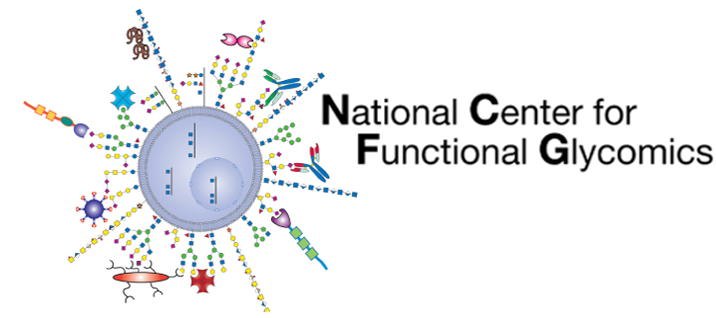BACKGROUND: Immunoglobulin G (IgG) plays a critical role in immune defense yet our understanding of its role in cardiovascular disease (CVD) is evolving. Observational studies have correlated statin use with changes in IgG N-glycan structures. However, statin effects on IgG N-glycan changes have not been tested in randomized controlled trials, and their direct association with CVD remains unclear.
METHODS: IgG N-glycans were measured at baseline and after one year of randomized high-intensity statin interventions in 2 sub-studies of randomized trials: JUPITER (Justification for the Use of Statins in Prevention: an Intervention Trial Evaluating Rosuvastatin; NCT00239681; primary prevention; discovery, n = 239 participants); and TNT (Treating to New Targets; NCT00327691; secondary prevention; validation, n = 711). Using linear regression adjusted for baseline levels of IgG N-glycans and clinical risk factors (e.g., age, sex) as well as the occurrence of CVD during the year of follow-up, we investigated the one-year randomized effects of high-intensity rosuvastatin v. placebo on IgG N-glycans in JUPITER. Significant statin-IgG N-glycan associations were then validated in TNT with one-year randomized effects of high- v. low-intensity atorvastatin intervention. We examined the architecture of IgG N-glycan connectivity at baseline using a data-driven Bayesian network and compared it with the architecture after one year of randomized statin intervention. We then investigated whether the changes in IgG N-glycans triggered by statins were associated with incident CVD events.
RESULTS: We identified 5 IgG N-glycans (corresponding to core fucosylated, monosialylated, and disialylated IgG N-glycans) in JUPITER whose levels decreased significantly with statin versus placebo (false discovery rate < 0.05), with an approximate 11.3-25.9% reduction in the individual IgG N-glycan levels. Four out of the five IgG N-glycans altered by statin were validated in TNT. Furthermore, monosialylation and core fucosylation (glycan peaks, GP 16 and 18) were inversely associated with CVD in JUPITER (OR = 0.87 and 0.73 per standard deviation increase, 95% CI: (0.57, 0.98) and (0.55, 0.96) respectively), and validated in TNT. Despite the effect of statin therapy on certain IgG N-glycans, the overall architecture of the IgG N-glycan network remained unchanged after one year of statin intervention.
CONCLUSION: High-intensity statin interventions decreased several specific IgG N-glycan levels without changing the overall architecture of IgG N-glycan connectivity. Two IgG N-glycans that were decreased by statins were inversely associated with CVD outcomes, suggesting that statins have effects on monosialylated and core fucosylated IgG N-glycans, which may affect their cardioprotective properties. These findings highlight a potential immunomodulatory role of statins through IgG N-glycan alterations that should be further investigated in relation to CVD.
